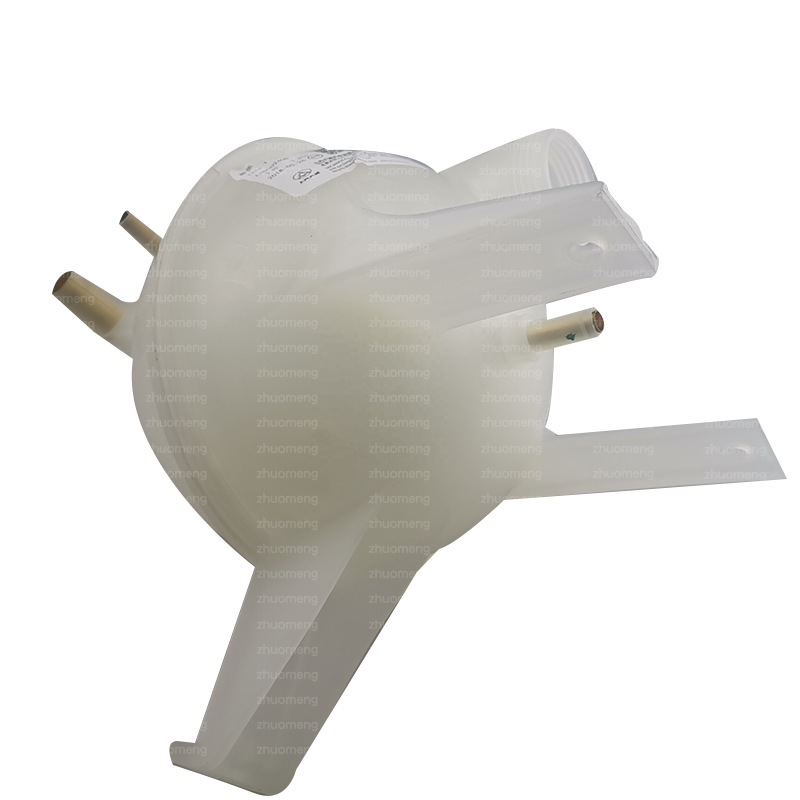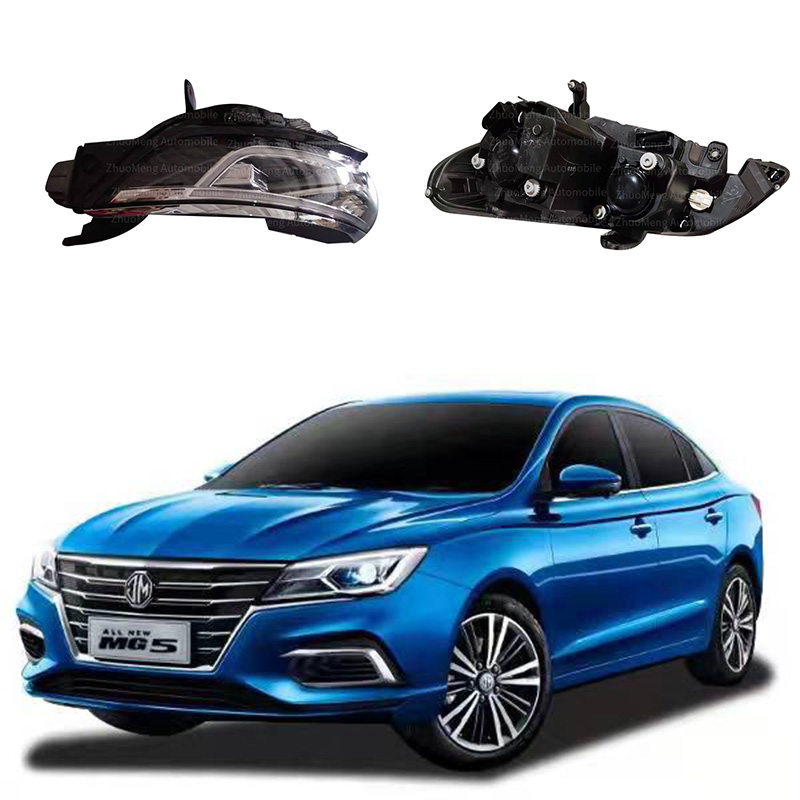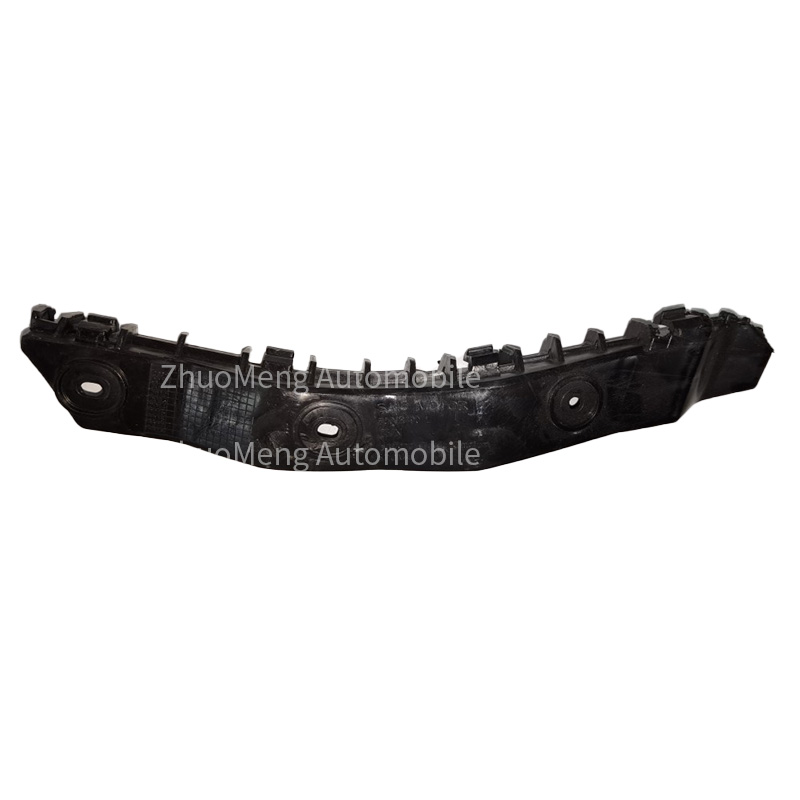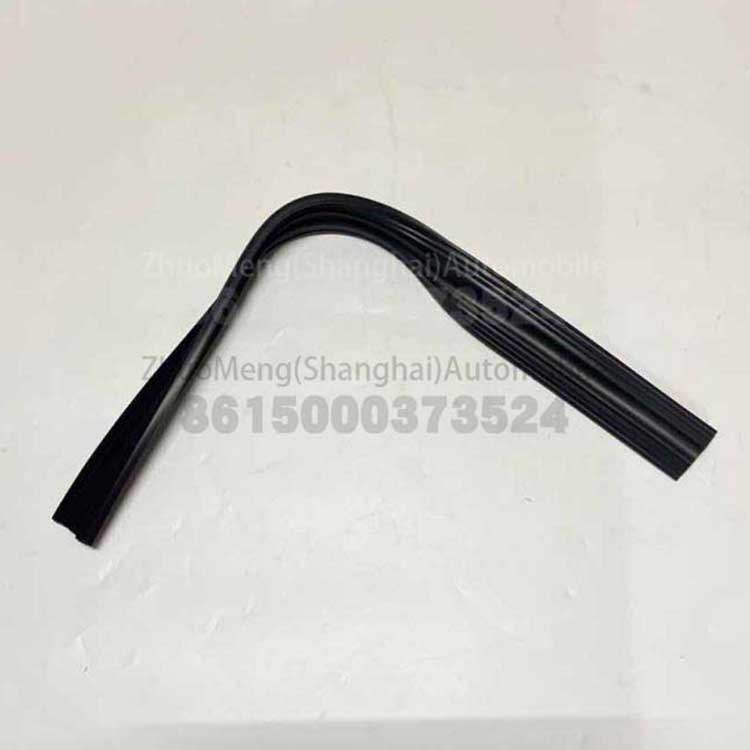Cheap price Mg Gs Parts Catalogue - Big Supplier Who Provide RX5 Valve Cover 10025930 – Zhuomeng
Cheap price Mg Gs Parts Catalogue - Big Supplier Who Provide RX5 Valve Cover 10025930 – Zhuomeng Detail:
Products information
| Products Name | Valve Cover |
| Products Application | SAIC MG RX5, ZS, 350 |
| Products Oem No | 10025930, 10223992, Cov100007 |
| Org Of Place | MADE IN CHINA |
| Brand | CSSOT / RMOEM / ORG / COPY |
| Lead Time | Stock, If Less 20 Pcs, Normal One Month |
| Payment | Tt Deposit |
| Company Brand | CSSOT |
| Application System | Chassis System |
RX5 Valve Cover 10025930
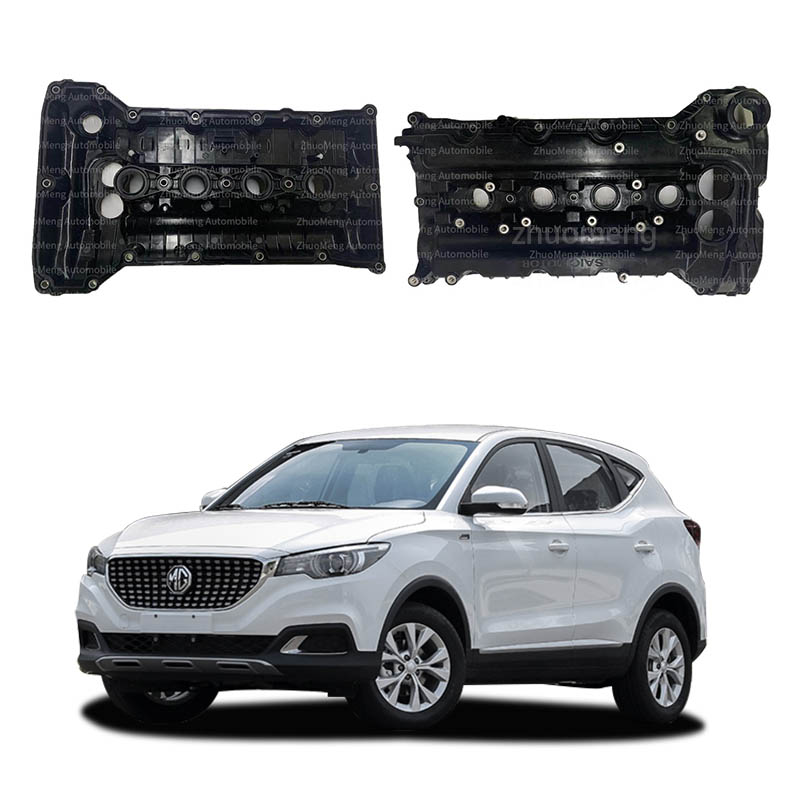
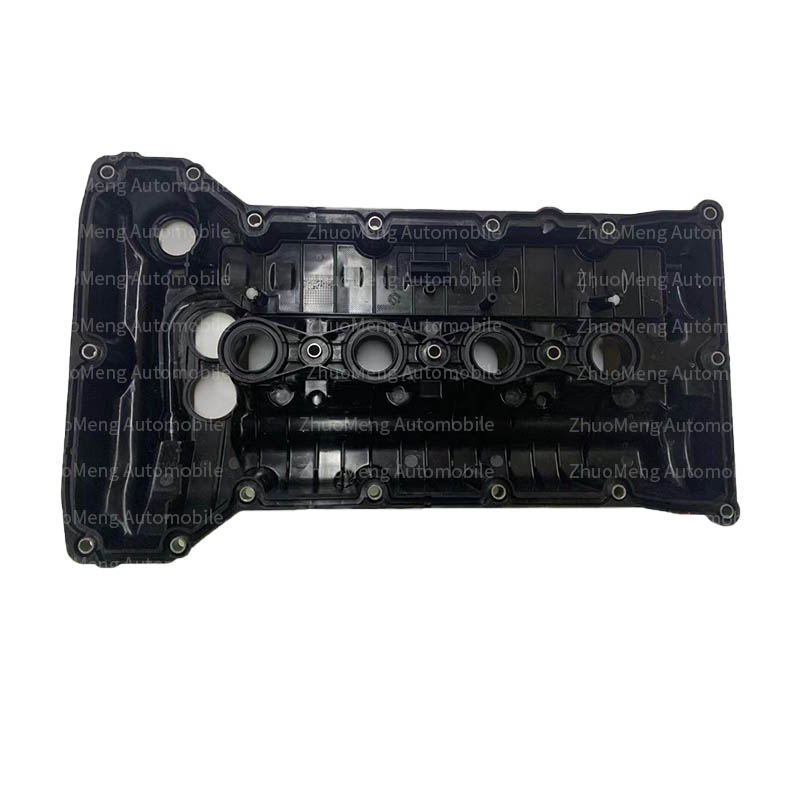
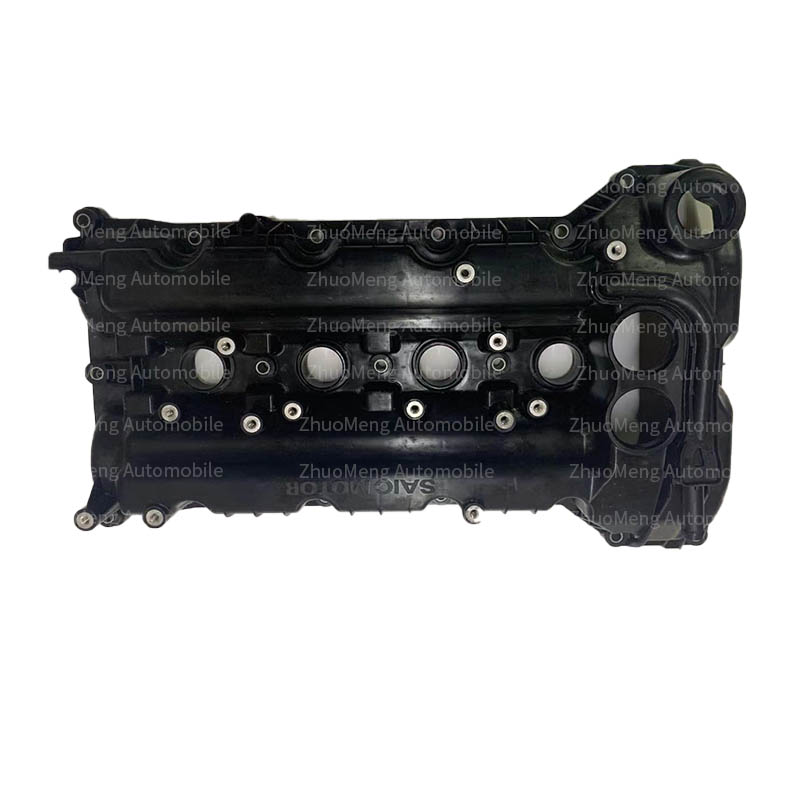
Is the valve cover broken
There are generally several reasons for the damage of valve cover gasket. The first is that the bolt is loose, the second is the engine blowby, the third is the crack of valve cover, and the fourth is that the valve cover gasket is damaged or not coated with sealant.
During the compression stroke of the engine, a small amount of gas will flow to the crankcase between the cylinder wall and the piston ring, and the crankcase pressure will rise over time. At this time, the crankcase ventilation valve is used to lead this part of gas to the intake manifold and inhale it into the combustion chamber for reuse. If the crankcase ventilation valve is blocked, or the clearance between the piston ring and the cylinder wall is too large, resulting in excessive air channeling and high crankcase pressure, the gas will leak out in places with weak sealing, such as valve cover gasket, crankshaft front and rear oil seals, resulting in engine oil leakage.
As long as you apply the sealant, tighten the bolts, and the valve cover is not cracked or deformed, it shows that the valve cover is good. If you are not at ease, you can use a ruler and a thickness gauge (feeler gauge) to measure the flatness of the valve cover to see if it does not deform.
RX5 Valve Cover 10025930



Is the valve cover broken
There are generally several reasons for the damage of valve cover gasket. The first is that the bolt is loose, the second is the engine blowby, the third is the crack of valve cover, and the fourth is that the valve cover gasket is damaged or not coated with sealant.
During the compression stroke of the engine, a small amount of gas will flow to the crankcase between the cylinder wall and the piston ring, and the crankcase pressure will rise over time. At this time, the crankcase ventilation valve is used to lead this part of gas to the intake manifold and inhale it into the combustion chamber for reuse. If the crankcase ventilation valve is blocked, or the clearance between the piston ring and the cylinder wall is too large, resulting in excessive air channeling and high crankcase pressure, the gas will leak out in places with weak sealing, such as valve cover gasket, crankshaft front and rear oil seals, resulting in engine oil leakage.
As long as you apply the sealant, tighten the bolts, and the valve cover is not cracked or deformed, it shows that the valve cover is good. If you are not at ease, you can use a ruler and a thickness gauge (feeler gauge) to measure the flatness of the valve cover to see if it does not deform.
Cov100007 350 Valve Cover
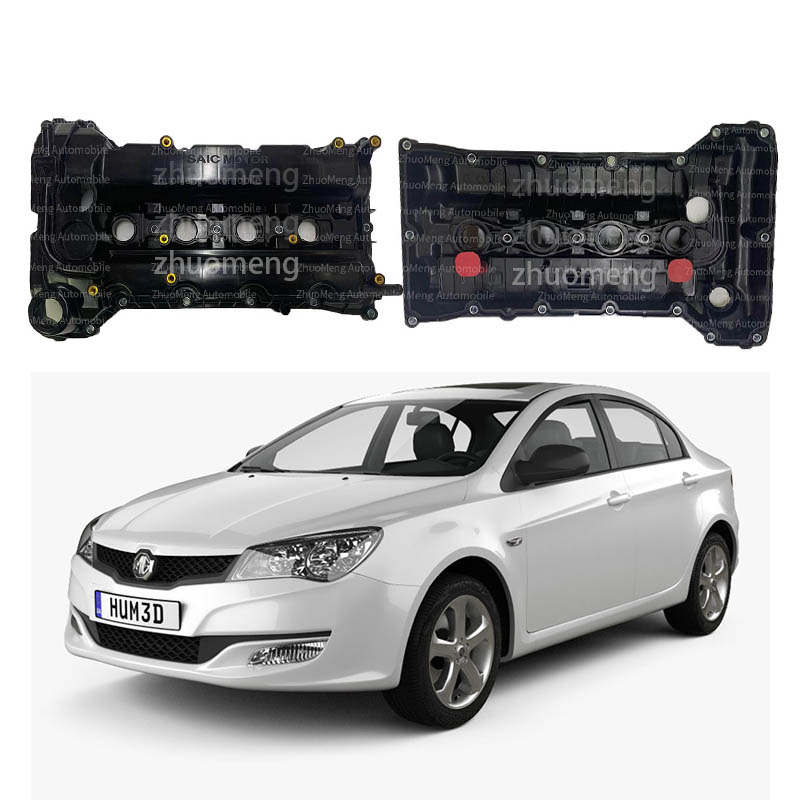
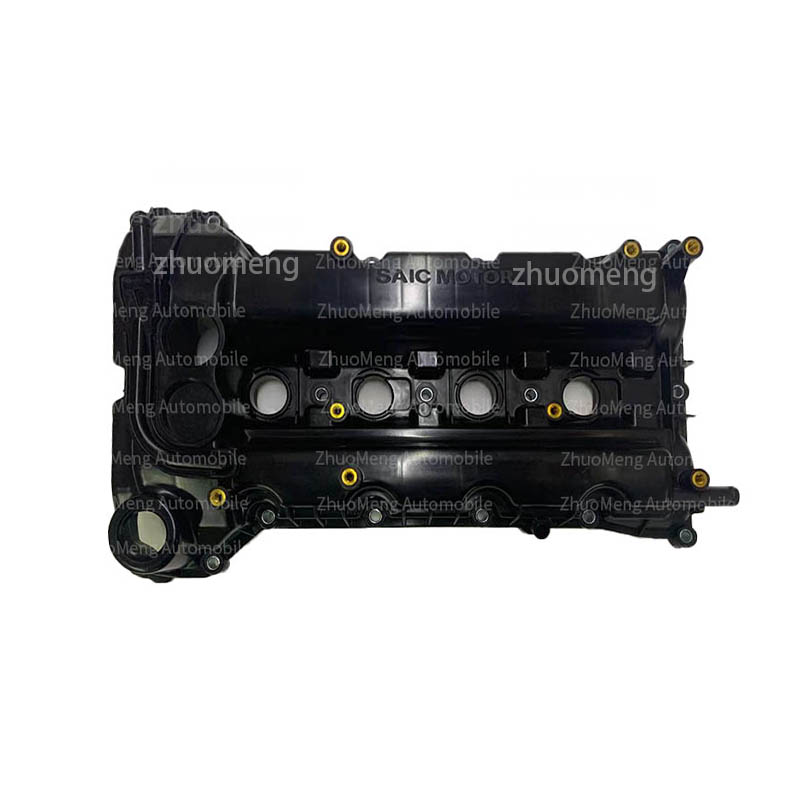
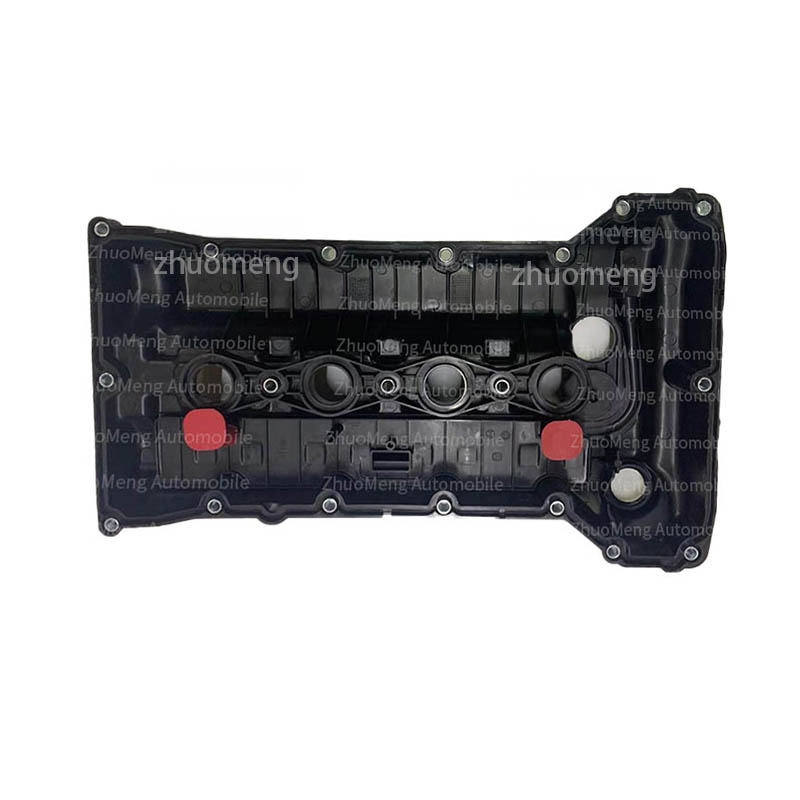
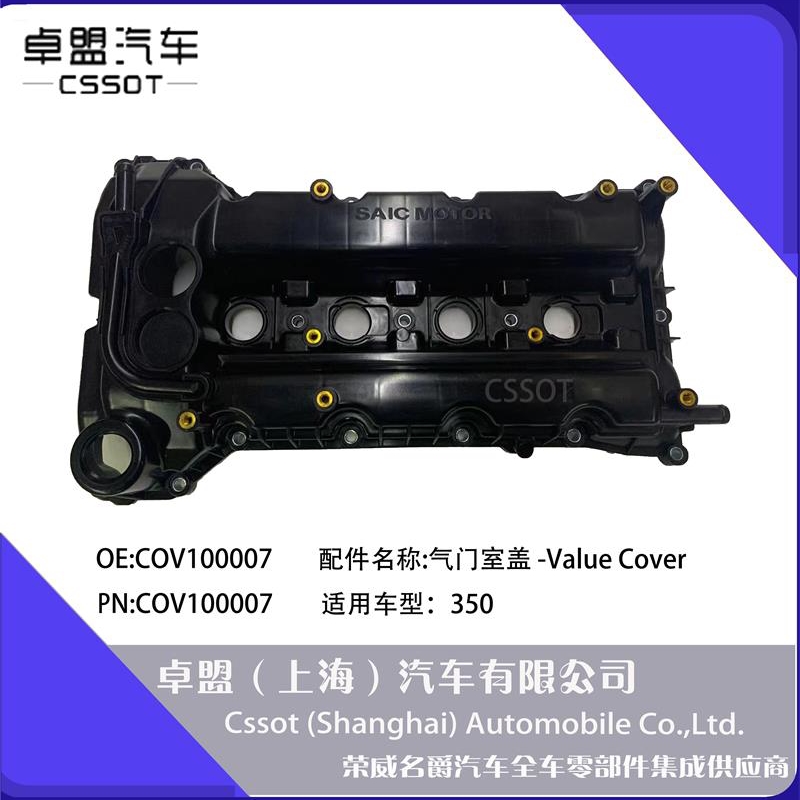
Valve chamber
In the engine structure, the cavity space where the valve end is located is called valve chamber; In the general automobile engine structure, the valve end is connected with the camshaft through tappet or tappet; The camshaft controls the valve movement, while the camshaft of modern engines is more overhead above the cylinder head. Therefore, the valve chamber is commonly known as the camshaft chamber, or the oil chamber of the cylinder head. There is a camshaft cover above the valve chamber, which forms an approximately closed cavity with the cylinder head (there are oil circuits such as return passage and oil supply passage connected with other cavities)
What is the valve cover on the engine for?
Engine valve cover — it is called valve cover for short. It is the sealing member of the uppermost part of the engine. The engine lubricating oil corresponding to the oil pan is sealed so that the lubricating oil will not leak out when the engine is running.
For the cylinder block corresponding to the cylinder head, the corresponding valve is installed on the cylinder head to form a sealed compression chamber with the cylinder block assembly to make the combustible mixture burn inside under specific conditions.
The valve cover at the top, the cylinder head at the bottom, the cylinder block at the bottom and the oil pan at the bottom.
certificate


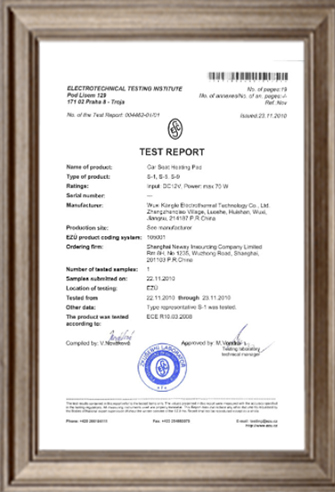

Product detail pictures:
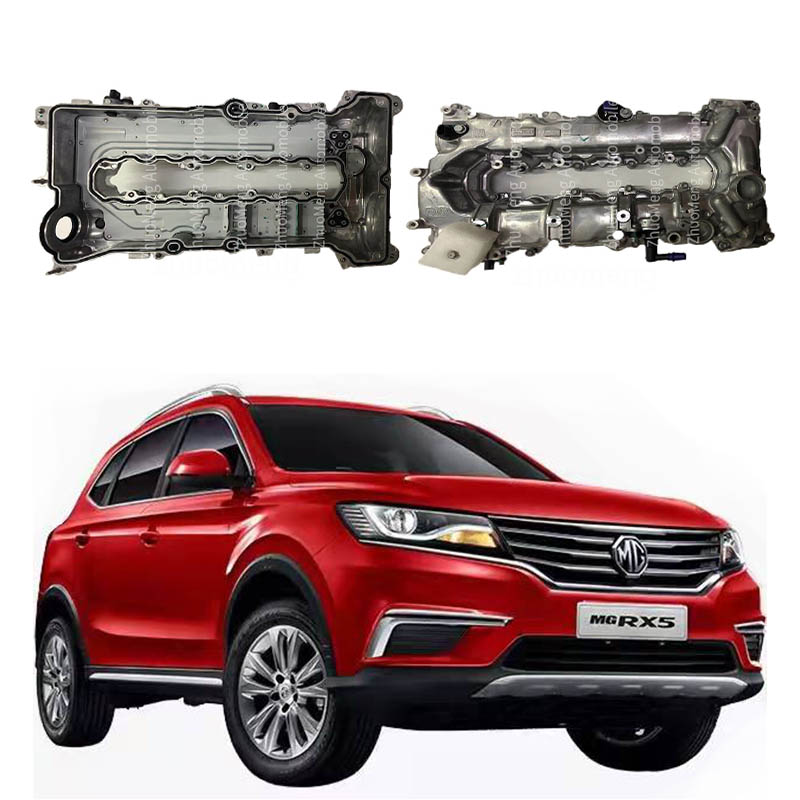


Related Product Guide:
It really is a good way to further improve our goods and service. Our mission would be to acquire inventive items to buyers with a very good encounter for Cheap price Mg Gs Parts Catalogue - Big Supplier Who Provide RX5 Valve Cover 10025930 – Zhuomeng , The product will supply to all over the world, such as: Portugal, Suriname, Grenada, We set a strict quality control system. We have return and exchange policy, and you can exchange within 7 days after receive the wigs if it is in new station and we service repairing free for our products. Please feel free to contact us for further information and we will offer you competitive price list then.
Wide range, good quality, reasonable prices and good service, advanced equipment, excellent talents and continuously strengthened technology forces,a nice business partner.




